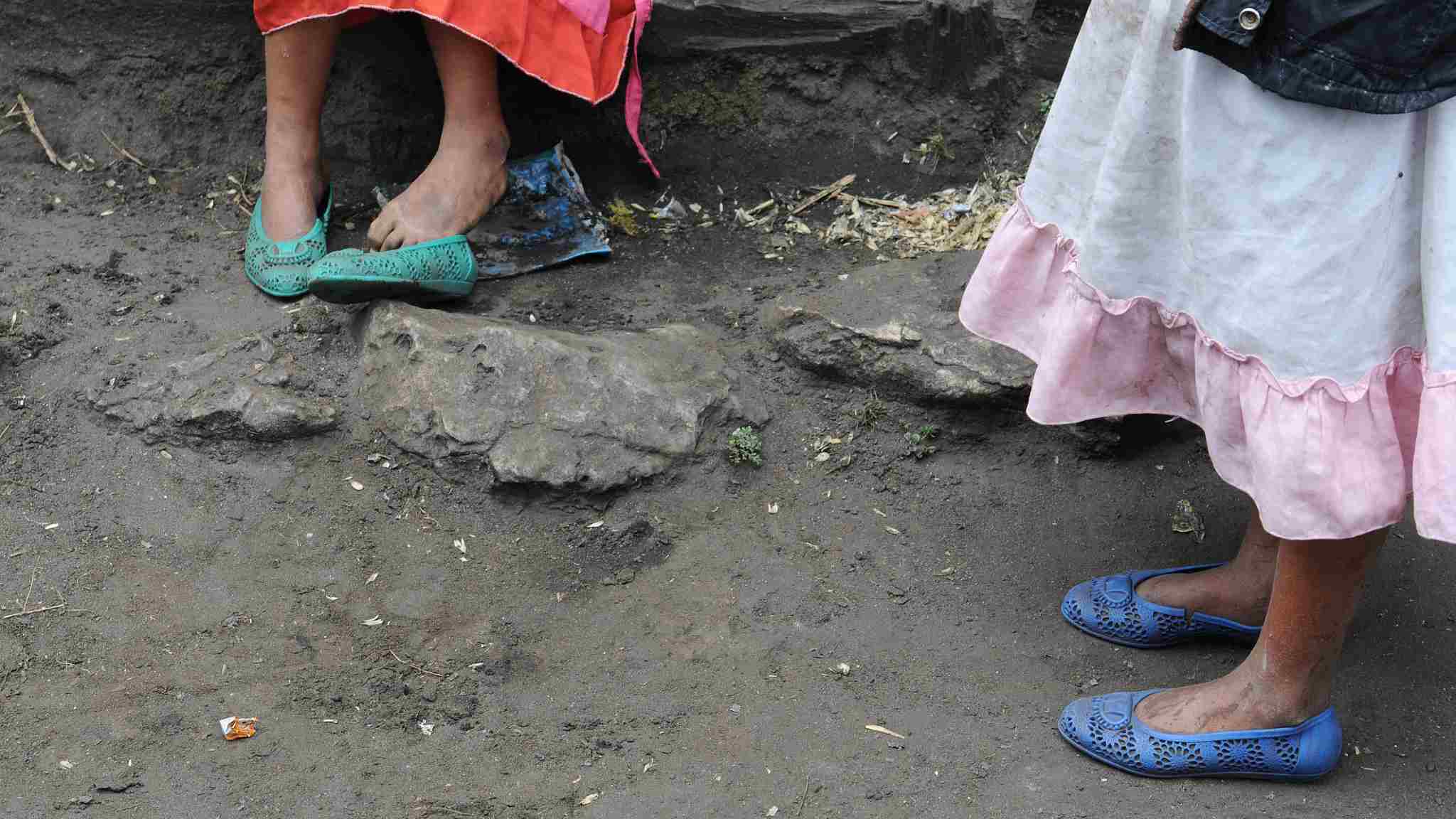UN: After decade of gains, rural Latin America sees rise in poverty

In what it calls a historic reversal, the Food and Agricultural Organization (FAO) is reporting an increase in rural poverty in Latin America and the Caribbean for the first time in a decade.
In the first edition of its "Panorama of Rural Poverty in Latin America and the Caribbean" report, the United Nations (UN) agency said the rural poor in the region grew by two million between 2014 and 2016, bringing the total to 59 million.
Between 1990 and 2014, rural poverty in the region fell from 65 percent to 46 percent, it said, thanks to economic growth and a surge in commodity revenues. But for the next two years, both poverty and extreme poverty increased by two percentage points each, reaching 48.6 percent and 22.5 percent, respectively.
"We cannot tolerate one of every two rural inhabitants being poor," Julio Berdegue, FAO deputy director-general and regional representative for Latin America and the Caribbean, said in a statement. "Worse still, we have suffered a historical reversal, a break in the trend that makes it clear that we are leaving our rural areas behind."

A Brazilian boy eating tapioca for breakfast. Brazil's rural poverty rate fell to 29 percent in 2014 from 71 percent in 1990. /VCG Photo
The World Bank defines extreme poverty as a person living on less than 1.90 U.S. dollars a day, though the report notes that rates are defined and measured differently in each nation.
Of particular note is that the FAO report suggests that most people leaving Central America are fleeing from rural municipalities, including small towns and cities with less than 100,000 inhabitants.
Its release comes as groups of migrants on caravans push through Central America in a bid to reach the United States in search of a better life.
The FAO cites poverty, insecurity and environmental vulnerability as the main forces behind much of the "involuntary" migration from rural areas between 2014 and 2016.
"Irregular and insecure migration from the countryside is a social and political priority," Berdegue said. The solution, he said, is to turn "rural territories into prosperous and socially cohesive places."
Hunger rises
The report backs up an analysis issued last December by the Economic Commission for Latin America and the Caribbean (ECLAC) which also drew attention to rising poverty across the region as a whole, though it had predicted that rates would hold steady in 2017. ECLAC said that poverty and extreme poverty rates are higher among children, adolescents, young people, women and the population residing in rural areas.
The FAO study was the second it had issued in November that paints an unflattering picture of poverty in Latin America and the Caribbean. In its earlier "Panorama of Food and Nutrition Security," it said that the number of those chronically hungry rose for the third consecutive year, calling the development an “appalling” threat to the region's health overall.
The FAO did point out that several nations had until recently made gains in improving rural welfare. Examples include Brazil whose rural poverty rate fell to 29 percent in 2014 from 71 percent in 1990, Ecuador to 27 percent from 66 percent, and Chile to seven percent from 39 percent.
Anti-poverty proposals
The report sets out five recommendations that nations could use to help reduce the ranks of the poor:
• Sustainably manage natural resources, link poverty reduction policies with environmental sustainability, and promote resilience against environmental and economic shocks.
• Promote rural non-agricultural employment by fostering urban-rural linkages, private investment, and basic infrastructure.
• Create efficient, inclusive and sustainable agricultural sectors by investing in public goods; increasing access to land, rural services and information; and better manage agricultural risks.
• Extend rural social protection programs by promoting synergies with the productive and agricultural sectors.
• Improve infrastructure by increasing and intensifying public investment in territorial assets and link infrastructure with associated public services.
"The countryside and the rural areas are key for the economic growth of the countries, for the development of their exports and for the employment of millions," Berdegue said. "Without rural development, there will be no sustainable development."